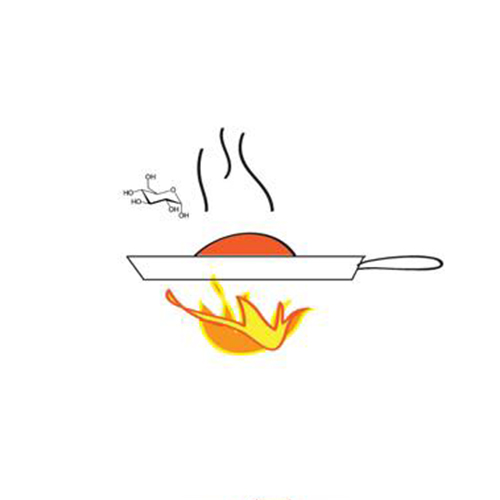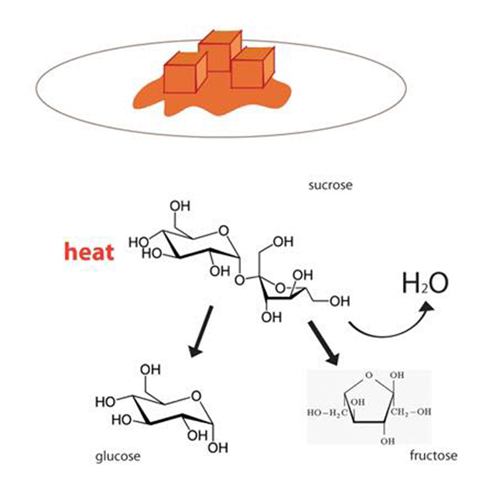Caramelization & Maillard Reaction
Chemical breakdowns in the cooking process

Maillard reaction
The Maillard reaction is very complex, it begins with a reducing sugar, such as glucose, that condenses with a compound that contains a free amine group.
From there, the sugar-amino acid reaction forms the Amadori rearrangement, which can lead to more complicated organic reactions.

Caramelization
With heat, table sugar(sucrose) can be broken down into glucose and fructose
From there, multiple sugary compounds can be formed, each with a distinct aroma and flavor.
เมื่อเมล็ดกาแฟได้ผ่านในกระบวนการคั่วแล้วจะแทบไม่เหลือสารประกอบน้ำตาลอยู่ในเมล็ด เพราะสารประกอบน้ำตาลเหล่านั้นได้แปรสภาพไปเป็นคาราเมลหรือเมลลาร์ดที่ให้ความหวานเฉพาะตัวแล้ว




